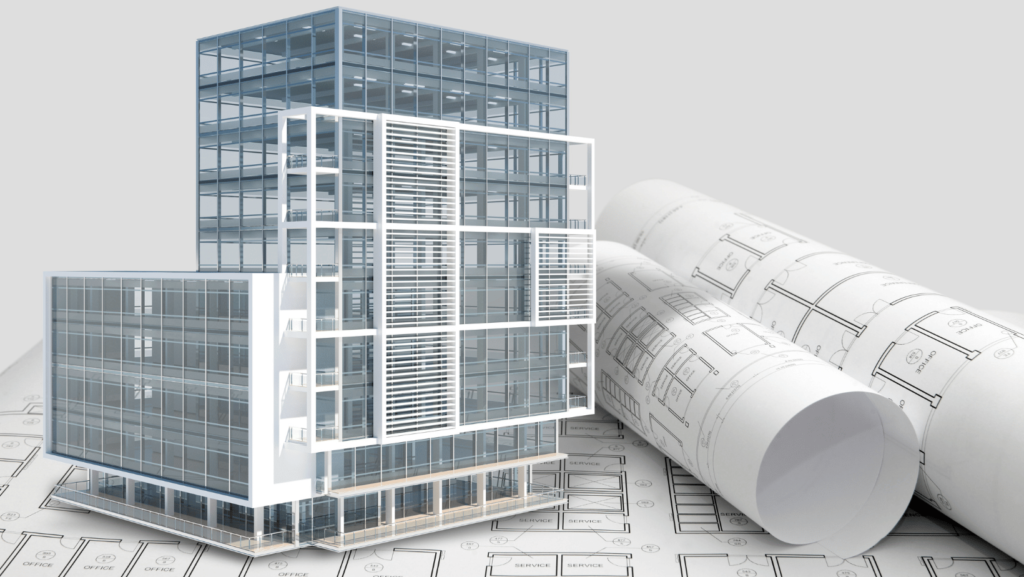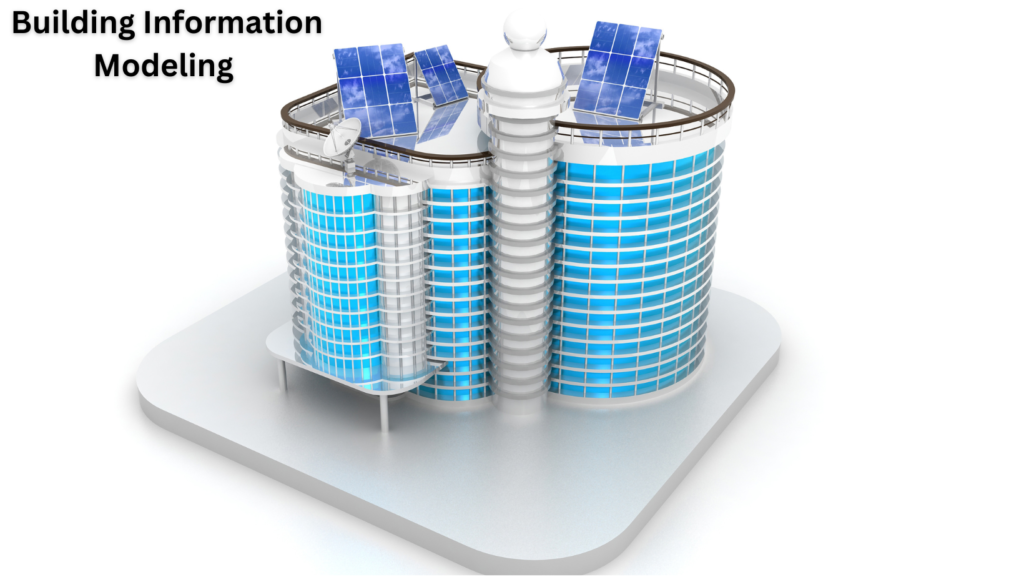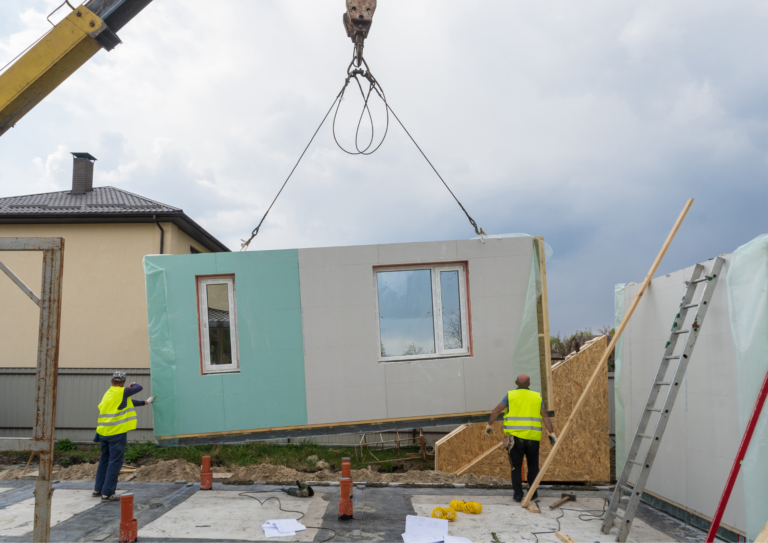In the realm of modern construction and architectural design, Building Information Modeling (BIM) has emerged as a game-changer. This innovative approach revolutionizes the way projects are conceptualized, planned, and executed. In this article, we will delve into the world of BIM, exploring its definition, applications, and the multitude of benefits it offers.

What is Building Information Modeling (BIM)
Building Information Modeling, commonly referred to as BIM, is a digital representation of a building’s physical and functional characteristics. It encompasses the entire lifecycle of a construction project, from initial design and visualization to construction, operation, and even eventual demolition. Moreover, BIM serves as a collaborative platform where architects, engineers, contractors, and other stakeholders can work together seamlessly, contributing their expertise and insights.
What is Building Information Modeling used for
Building Information Modeling finds extensive applications across the construction industry. Here are some key areas where BIM is commonly utilized:
- Design and Visualization: BIM enables architects and designers to create detailed 3D models of buildings, allowing stakeholders to visualize and explore various design alternatives. This enhances decision-making processes and facilitates effective communication among project teams.
- Clash Detection and Risk Mitigation: BIM software analyzes the virtual model, identifying clashes or conflicts between different building elements (e.g., plumbing, electrical, structural systems). This early clash detection helps mitigate risks and ensures smooth construction processes.
- Cost Estimation and Quantity Takeoff: BIM tools facilitate accurate cost estimation by providing comprehensive information on quantities and specifications of materials required for construction. This aids in budget planning, procurement, and resource allocation.
- Construction and Project Management: BIM assists in project scheduling, sequencing, and coordination among various trades. It enables efficient collaboration, reduces rework, and streamlines the construction process.
- Facility Management and Maintenance: BIM’s benefits extend beyond construction. It provides valuable data for facility management, allowing owners to effectively manage operations, maintenance, and renovations throughout the building’s lifecycle.
What is BIM in simple terms?
In simple terms, BIM is a digital representation of a building that incorporates both geometric and non-geometric information. It brings together various aspects of a construction project, including architectural, structural, mechanical, and electrical details, into a single cohesive model. Thus, BIM acts as a centralized hub of information, fostering collaboration, enhancing decision-making, and optimizing project outcomes.
Benefits of Building Information Modeling (BIM)
- Enhanced Collaboration and Communication: BIM facilitates seamless collaboration among project stakeholders, enabling effective communication and knowledge sharing. This leads to improved coordination, reduced errors, and enhanced project outcomes.
- Improved Efficiency and Productivity: BIM streamlines workflows, eliminates redundancies, and minimizes rework, resulting in increased efficiency and productivity throughout the project lifecycle. It helps optimize resource allocation, minimize waste, and accelerate project delivery.
- Cost Savings and Risk Reduction: By enabling clash detection, accurate quantity takeoff, and cost estimation, BIM helps identify potential issues early on, reducing costly errors and delays. It aids in effective risk management, leading to significant cost savings.
- Enhanced Visualization and Design Optimization: BIM’s 3D modeling capabilities enable stakeholders to visualize designs in a realistic manner, allowing for better design optimization and informed decision-making. It enables virtual walkthroughs, helping clients and stakeholders understand the final product before construction begins.
- Sustainable and Energy-Efficient Designs: BIM facilitates sustainable design practices by analyzing energy performance, daylighting, and thermal comfort. It allows for the simulation of different scenarios, enabling the selection of eco-friendly materials and systems.
Conclusion
Building Information Modeling (BIM) has revolutionized the construction industry by providing a digital platform for collaboration, visualization, and optimized project management. Its numerous benefits encompass improved coordination, enhanced efficiency, cost savings, and sustainable design practices. As technology continues to advance, BIM will undoubtedly play a vital role in shaping the future of construction and architectural design.
To learn more about 3D home design software that can complement your BIM projects, check out this resource on 7 Home Design 3D Software Free You Need to Know.






6 comments
4 Unique Benefits of Railway Track Material: Stone Ballast
[…] Railway track material: Stone or crushed stones play a very significant role in railway track. A proper size is necessary to maintain an effective railway track system. There are numerous benefits of railway track material. If you want to read about Building Information Modeling- Click here. […]
Must Do Home Improvements Before Selling Your House - Wonder
[…] what’s not so you can pass those details on to them. Moreover, its always a good idea to use building information modeling software to analyse your […]
Unique Concrete Beam Stirrups in the World
[…] you are interested in reading about Building Information Modeling (BIM), click here on it. We also provide civil engineering and architectural services, order […]
6 Types of Seismic Dampers You Need to Know
[…] have devised some devices that are used for dampening vibrations in structures used in civil engineering. These devices act as shock absorbers for building. We are talking about seismic dampers. These […]
Artificial Intelligence in Construction Scheduling: All you need to know - brickborne
[…] When multiple projects encircle each other, construction planning becomes important for a Project Manager. What to prioritize? Which activity comes first and which comes after? What resource should go to which project? So many questions but only one answer: Artificial Intelligence in Construction Scheduling. […]
3 Unique Roles of Artificial Intelligence in Construction Management
[…] As the one leading the project, even more so since the integration of Artificial Intelligence in Construction Project Management has brought about an efficiency boost that many of us are still processing. And yet, never have any […]